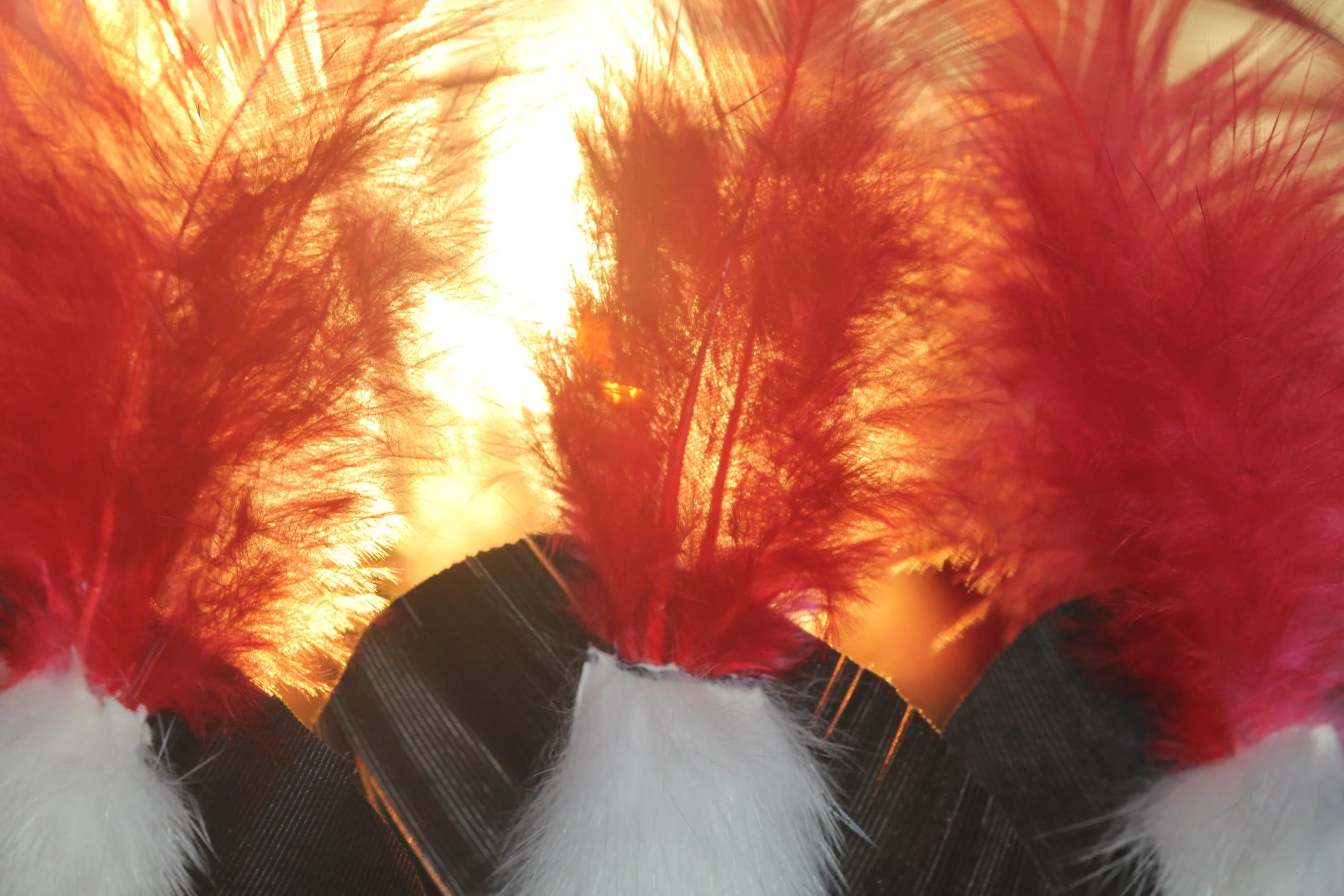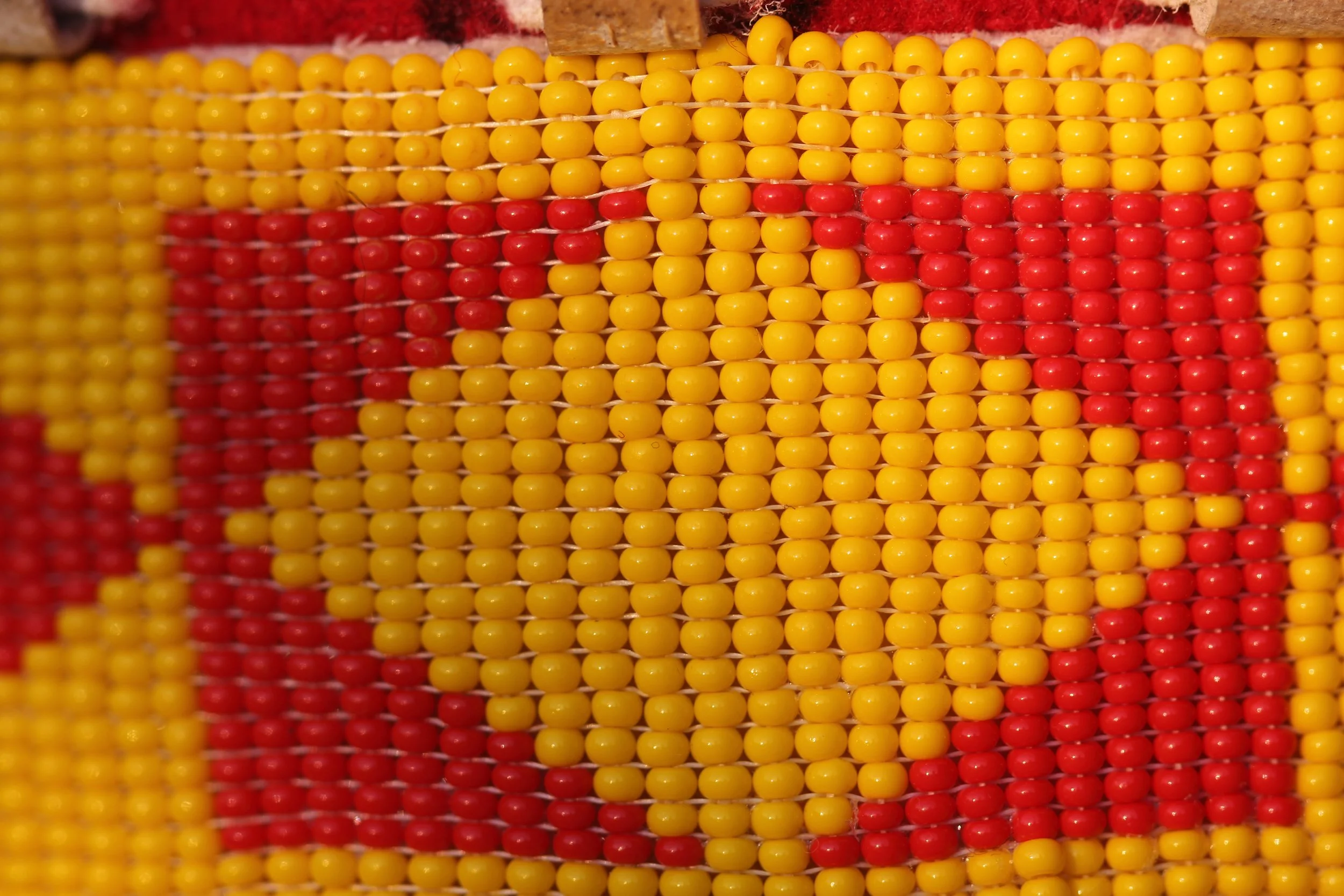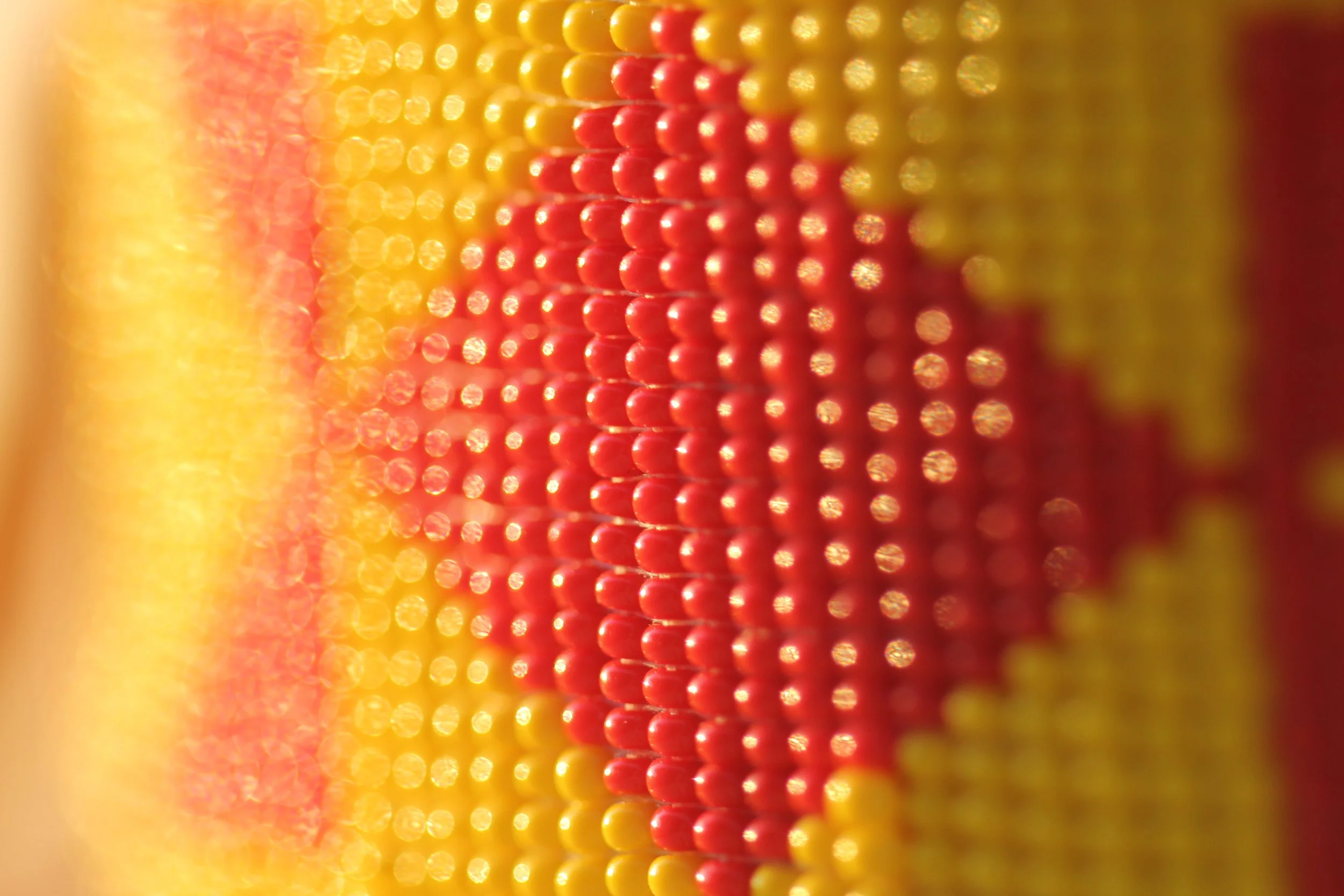LIGO Operator Presented with Blackfoot Headdress
Image courtesy Corey Gray.
Caltech's Corey Gray honored by the Siksika Nation for his work in gravitational-wave science.
by Whitney Clavin
Corey Gray, a senior operations specialist for the Laser Interferometer Gravitational-wave Observatory, or LIGO, remembers the excitement that occurred after the observatory directly detected ripples in space-time, or gravitational waves, for the first time. He had been working the night shift hours before the now-famous gravitational-wave signal washed over Earth and the twin detectors of LIGO, located in Hanford, Washington, and Livingston, Louisiana, on September 14, 2015.
"I finished my shift at midnight that night. By the time I got home and my head hit the pillow—that is when the historic signal passed through me and everyone else on the planet, and was recorded for the first time ever by the LIGO detectors,” recalls Gray, who has been working at the LIGO Hanford facility since 1998.
Corey Gray.
Almost exactly 100 years after Albert Einstein had predicted the existence of gravitational undulations in space-time, LIGO had finally captured the waves rippling out from the collision of two black holes. Team members raced to share the news with the world and began translating a news release written in English into languages such as Spanish, French, and Russian. Around that time, Gray had the idea to translate the release into Blackfoot, the language of his tribe on his mother's side.
Gray's mother, Sharon Yellowfly, grew up speaking Blackfoot as her first language until she was 5 years old. He and his siblings were not taught the language, he explains, due to his mother’s trauma from being forced to attend a residential school starting at age 5, where students were punished for speaking their indigenous language.
"Indigenous children from North America were taken from their families and forced to live in these residential schools to begin the governmental policy of assimilation, where children were forced to not follow their culture and customs," Gray says. "The era of residential schools was varied for different tribes, but it occurred on the order of a century starting in the late 1800s or early 1900s. In my tribe's case, my mother's generation was the last to be forced into residential schools. That means that for the Blackfoot Tribe, three to four generations of families had to endure these horrific policies."
Although Gray is not fluent in Blackfoot, he and his siblings grew up hearing it in their home nearly daily because of phone conversations between their mother and her parents. Gray says he understood the beauty of their language, and the importance of it, so he asked his mom to translate the landmark LIGO discovery. She has since translated several more LIGO news releases and science summaries. Yellowfly even invented several new terms: Abuduuxbiisiiya o?bigimskAAsts signifies gravitational waves and translates to "stick-together waves," for example, while bisaatsinsiimaan is the word for Einstein's general theory of relativity and translates to "beautiful plantings."
The translations, Gray says, are a perfect blend of science and art. "They read like poetry to me."
For this work—and for his role as one of the first Blackfoot physicists, in addition to his science outreach work to inspire Native youth—Gray was honored in June 2024 with a Blackfoot headdress.
"Our LIGO team won a Breakthrough Prize, which was really cool and included a medal, certificate, and money, but the headdress is an even higher distinction and truly special because it is the highest Blackfoot honor and also from my family," Gray says.
Translation examples, courtesy Corey Gray.
The Blackfoot Confederacy consists of four tribes: the Kainai, Siksika, Piikani, and Amskapi Pikuni nations. "The Blackfoot tribes are from the plains, with traditional lands along the Rockies from Alberta down to Wyoming and east out to the Dakotas and Saskatchewan," Gray says. Yellowfly and Gray belong to the Siksika Nation, which is based in Alberta, Canada.
Gray's headdress ceremony took place on June 28 at the Gordon Yellowfly Memorial Arbour in Siksika, Alberta, in a large building shaped like a teepee. (The building is named after the brother of Gray's grandfather, who was killed in action fighting for Canada in World War II.) For the ceremony, Gray wore Blackfoot moccasins adorned with geometric designs and a beaded belt buckle made by his grandmother, Cecille Yellowfly. He was honored along with three of his relatives: an uncle, cousin, and his mom's cousin, who also received headdresses. The ceremony included blessings, dancing, singing, and a feast.
Images courtesy Corey Gray
Prior to the ceremony, Gray was given a new Blackfoot name: maguyu?suguu or Wolf’s Path, which comes from a Blackfoot story of the Milky Way. "One story about the Milky Way refers to how it is a path for wolves who helped, or guided, our people," Gray says. His first Blackfoot name, agabo?suyis or Many Weaseltails, was given to him when he was young.
Gray's new headdress is of the "stand-up" style unique to the Blackfoot people, in which the feathers stand tall above the head. It now sits on a shelf at his home near the LIGO Hanford facility. "It was made by the same artist who made Lily Gladstone's headdress," he gushes. (Gladstone, an Academy Award-nominated actress from the film Killers of the Flower Moon, was raised on the Blackfeet, or Amskapi Pikuni, Reservation in Montana, part of the Blackfoot Confederacy.)
Gray says the headdress reminds him of why he wants to inspire young Native people to learn about science. "When I was growing up, there were not many Indigenous people in physics to look up to. With my outreach work and my mom's translations, we can reach more Native youth."








